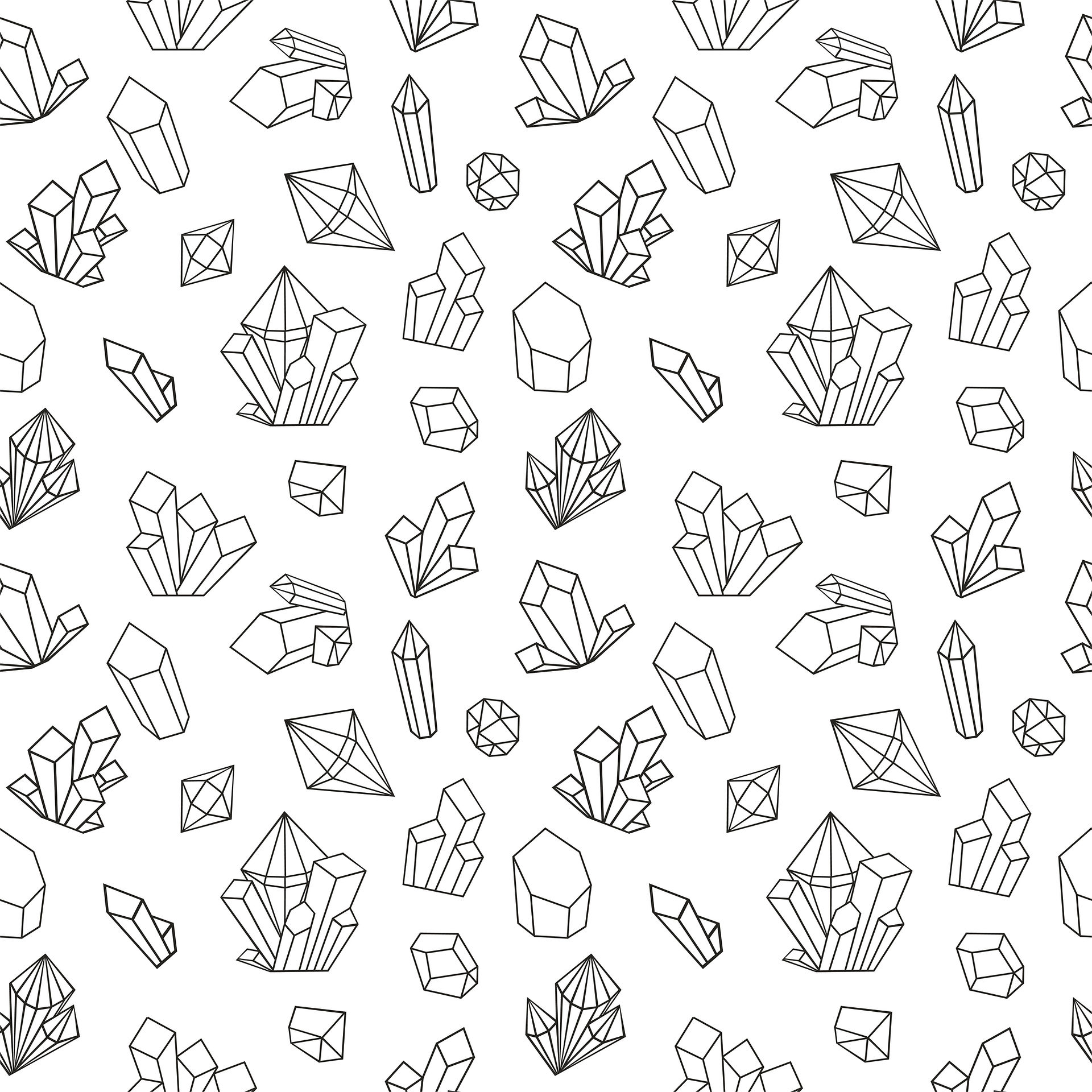celebrating OSTARA!
- Clare Ferguson
- Mar 20, 2021
- 2 min read
It is the first day of Spring! Ostara takes its name after the Germanic goddess, Eostre/Ostara, who was traditionally honoured in the month of April with festivals to celebrate fertility, renewal and re-birth. It was from Eostre that the Christian celebration of Easter evolved, and indeed the naming of the hormone Eostrogen, essential to women's fertility. The Goddess Ostara has the shoulders and head of a hare.

Ostara, is the second of the spring holidays (the mid-point between Imbolc and Beltane). Ostara is traditionally celebrated when the Sun is directly over the earth’s equator (this date may range from March 19th through March 22nd each year depending on the Sun’s position).

Symbols:
The Hare
Celtic tradition, the hare is sacred to the Goddess and is the totem animal of lunar goddesses such as Hecate, Freyja and Holda - the hare is a symbol for the moon. The Goddess most closely associated with the Hare is Eostre, or Ostara.

The Egg
The egg contains 'all potential', full of promise and new life. It symbolises the rebirth of nature, the fertility of the Earth and all creation.

Modern Ostara is a time of new beginnings and the re-emergence of life after the depth of winter.
A point of perfect balance on the journey through the Wheel of the Year. Night and day are of equal length and in perfect equilibrium - dark and light, masculine and feminine, inner and outer, in balance.
Crystals to use:
Moss agate,
Selenite,
Merlinite,
Pearl,
Peridot Citrine
Aventurine
Moonstone
Bloodstone
Rose Quartz
Tiger eye.
Spring cleanse your home and place your crystals in the centre of your home, or create an Ostara Alter. Sage, incense, bless and meditate.

Have a wonderful start to spring and the new and hopefully year!












Comments